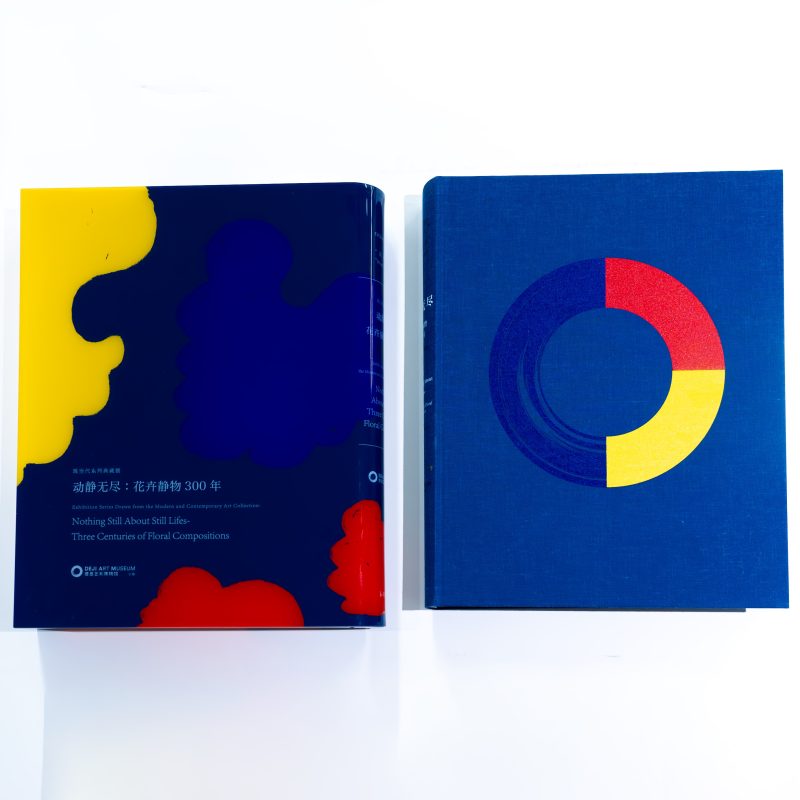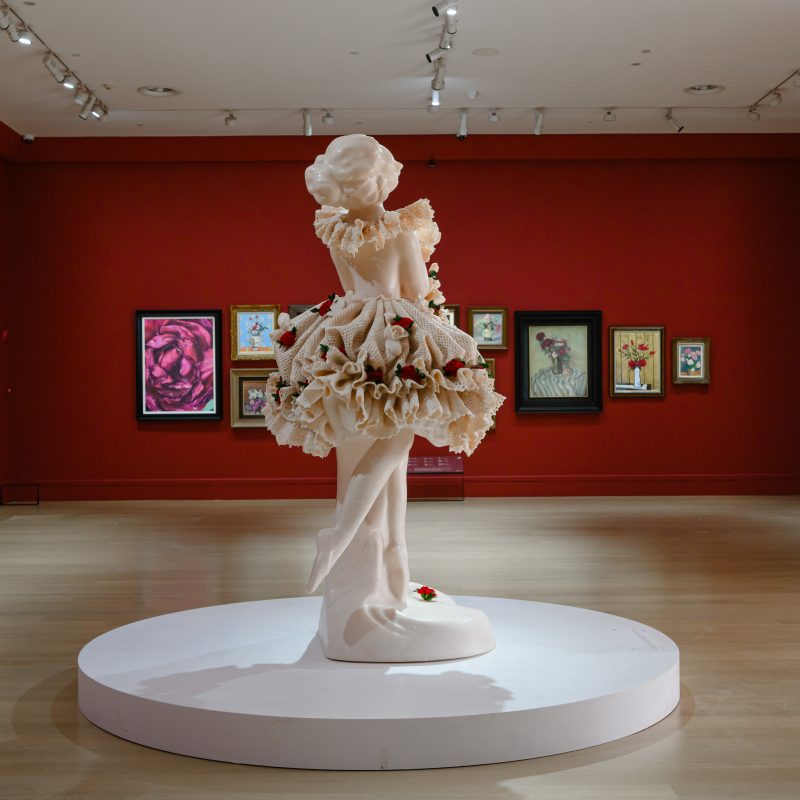This paper is a revised version of the presentation originally delivered at the seminar “Exploration of the Iconography and Cultural History of Flowers in Modern Chinese Art,” organized by Deji Art Museum (May 10, 2024), and the academic conference “Chinese-Style Modernity: Focusing on 20th Century Chinese Artistic Practices,” organized by the Chinese National Academy of Arts (December 18–20, 2024).
This paper focuses on Sanyu (1895–1966) and the thematic choice of floral still lifes, as well as the frequently cited “literati character” in contemporary evaluations of his work. By examining discussions of the “national flower” in the 1920s and 1930s, trends in the creation of flower-themed Chinese paintings, Sanyu’s brief return to China, and his sustained artistic interactions with Shanghai Art School painters such as Liu Haisu (1896–1994), this study seeks to reconstruct the historical resonance and internal logic behind Sanyu’s floral still lifes. Positioned at the intersection of Eastern and Western modern art, Sanyu’s attempts to shape a Chinese modern oil painting were significantly propelled by his close exchanges with domestic artists, which played an important role in his creative development.




